Get the weekly SPARTANAT newsletter.
Your bonus: the free E-Book from SPARTANAT.
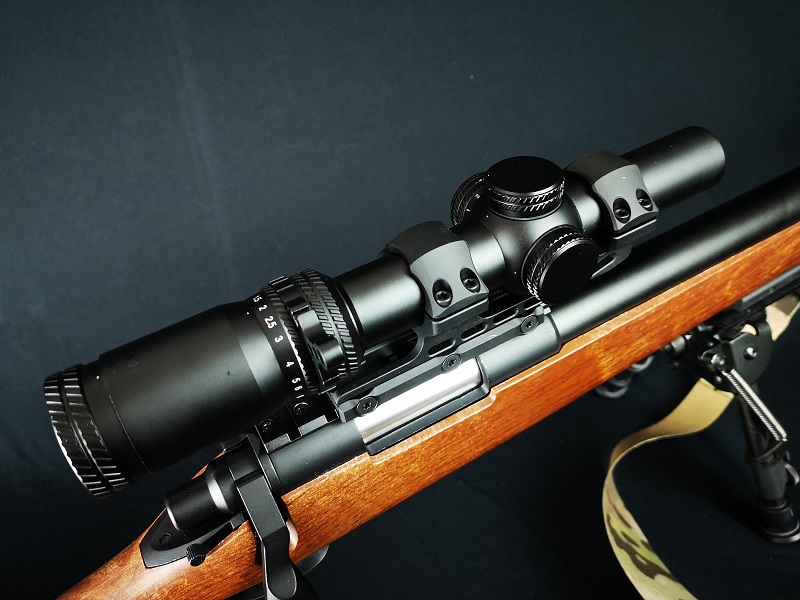
Magnification is something wonderful for any kind of optic, camera, microscope, or telescope. Knowing the right magnification of a scope is essential for shooting sports and hunting because, in short: more is not necessarily better.
Determining the Magnification Need

The real question is: "How much scope magnification do I really need?" That depends entirely on the purpose.
Are you hunting? Are you shooting in competitions? Are you a law enforcement officer? For each purpose, a different scope magnification can be used and be practical. In general, the rule is that you want the lowest magnification that still gives you a clear view of the target.
SIGHTMARK currently manufactures several series of scopes: Latitude, Wraith, Citadel, and Core, to name a few. Each of these scopes offers different degrees of magnification. The Citadel series has a model that magnifies objects 3-18 times, while the Wraith magnifies 3-24 times. For comparison: a powerful telescope can magnify celestial objects 250 times.
More magnification is not always better. High magnification results in a smaller field of view, making it harder to locate an object or keep a moving object in sight. Here too, the question arises: What is your goal?
The Right Magnification for the Target
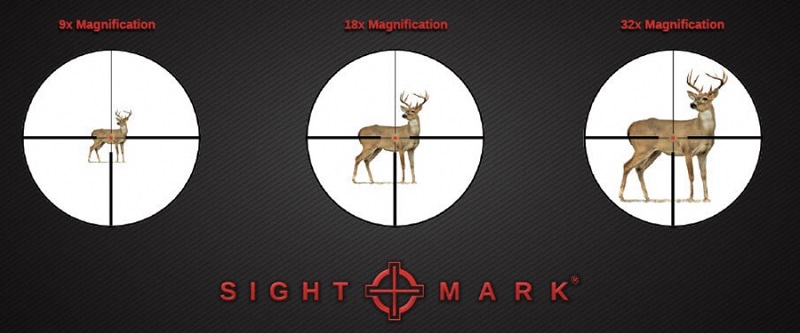
"Shooting at long distances or in competitions, higher magnification is advantageous, right? Then you can see your target more accurately and place your shot more precisely." Unfortunately, the laws of physics state that doubling the magnification makes the image 4 times weaker or darker. Most scopes, therefore, have a large objective lens to allow more light to pass through and counteract this effect.
In poor lighting conditions, higher magnification is not always better. In good lighting conditions, higher magnification is ideal for shooting at long distances, but not when the target goes out of view. It also means that highly magnified targets will make the slightest movements, such as muscle tremors and breathing, and the movement of the crosshairs appear much stronger.
So use high magnifications with caution, and don't hesitate to check the target with the naked eye to ensure that the field of view is still safe for shooting.
For shooting at medium distances or for hunting, it can be difficult to determine the optimal magnification level. On average, a 4x magnification should be sufficient for game at 250 to 270 meters.
Hunting with Sightmark Optics
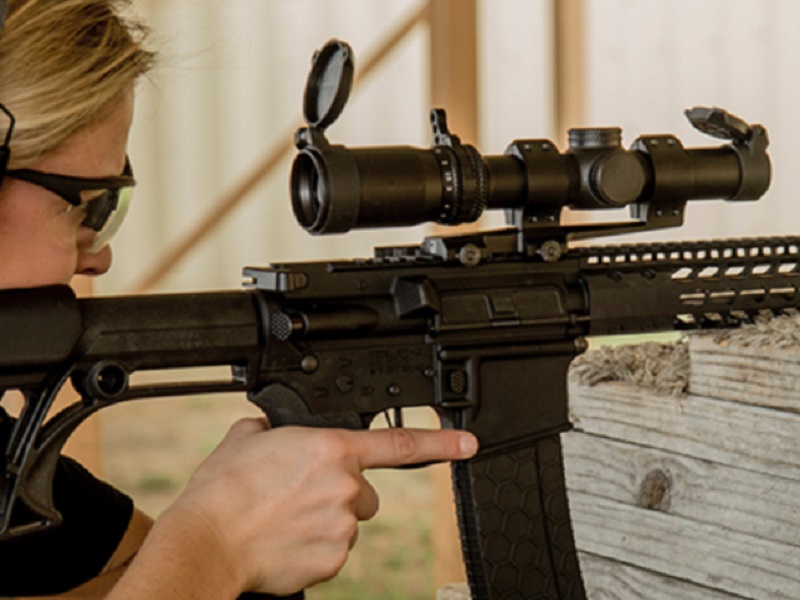
Most hunts take place in the early morning and evening twilight, so in more or less poor lighting conditions. This means that shooters with medium-range scopes must make a decision about the level of magnification they use.
A good rule of thumb is to ensure that the entire body of the target can be seen. Then magnify until the aiming point is clearly visible. If the target moves, you may need to zoom out and refocus.
However, this is better than taking a bad or uncertain shot and permanently scaring off the game.
Shooting at close range is the most difficult and stressful type of shooting. You may be shooting at a large animal running towards your position.
In such situations, no magnification may be necessary at all, and there may be no need for shot placement adjustments.
If you ever find yourself in this close-range situation, remember that a near miss and a complete miss yield the same result - a miss. So it's worth taking a deep breath even at close range, keeping your hands steady, and ensuring that you hit your target.
Low-Powered Variable Optics
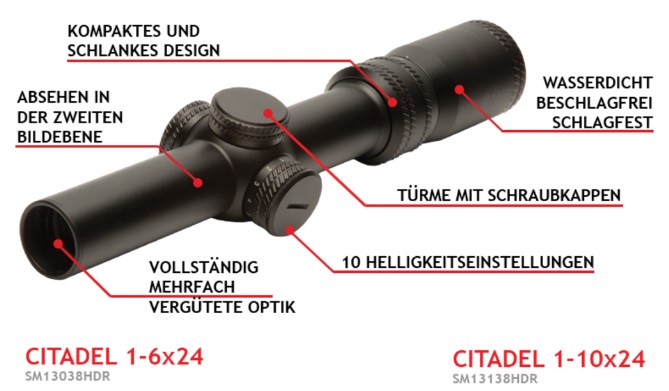
Many may wonder, "What if I compete in shooting competitions and hunt at the same time? What options do I have to buy a scope affordably? Can a single product cover multiple scenarios?"
The short answer is: Yes. Low-powered variable optics (LPVOs), including many from the Citadel series by SIGHTMARK, offer magnifications of 1-6X or 1-10X. HERE the Sightmark Citadel 1-10×24 HDR Shortdot is presented. These LPVOs cover almost all shooting purposes at short and medium ranges, saving you time and money.
Ultimately, the optimal rifle scope magnification is a matter of personal preference and situational requirements. Shooting at long distances usually requires higher magnification. Shooting at medium distances requires more variables. When shooting at shorter distances, speed is more important than accuracy.
SIGHTMARK offers a wide range of scopes for all your shooting distances. In Austria, Sightmark products are available at Armamat, Earms, and BlackShadow.
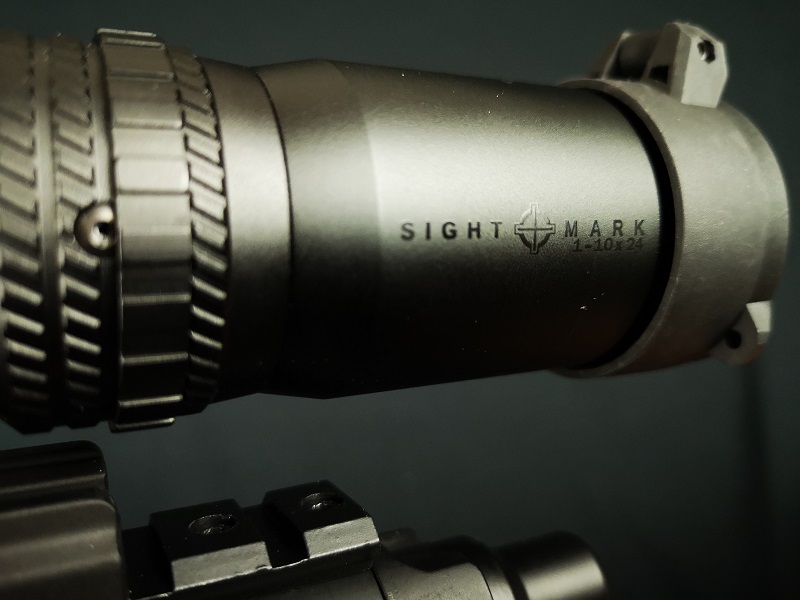
SIGHTMARK online: sightmark.com
SPARTANAT is the online magazine for Military News, Tactical Life, Gear & Reviews.
Send us your news: [email protected]
Ad
similar
Get the weekly SPARTANAT newsletter.
Your bonus: the free E-Book from SPARTANAT.


